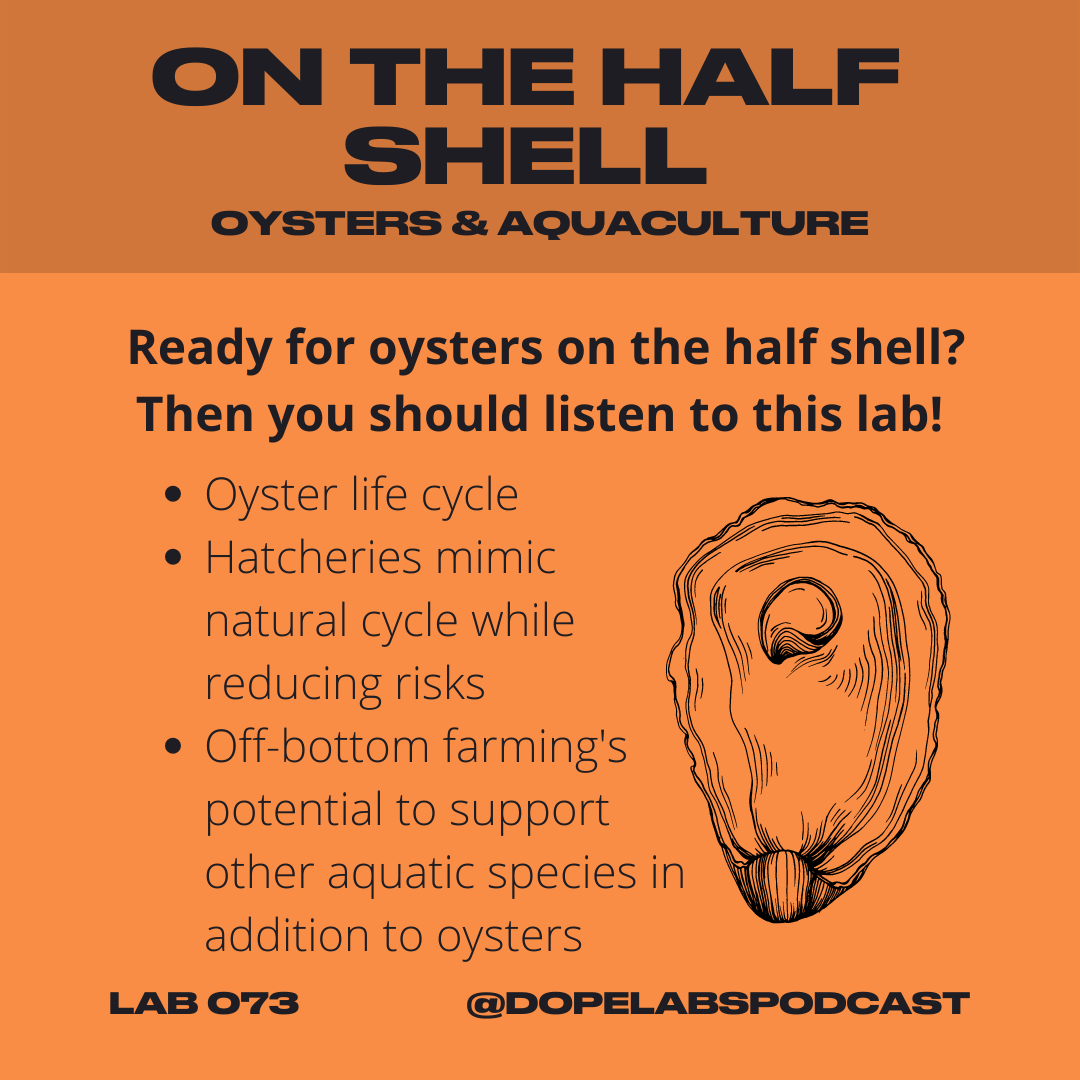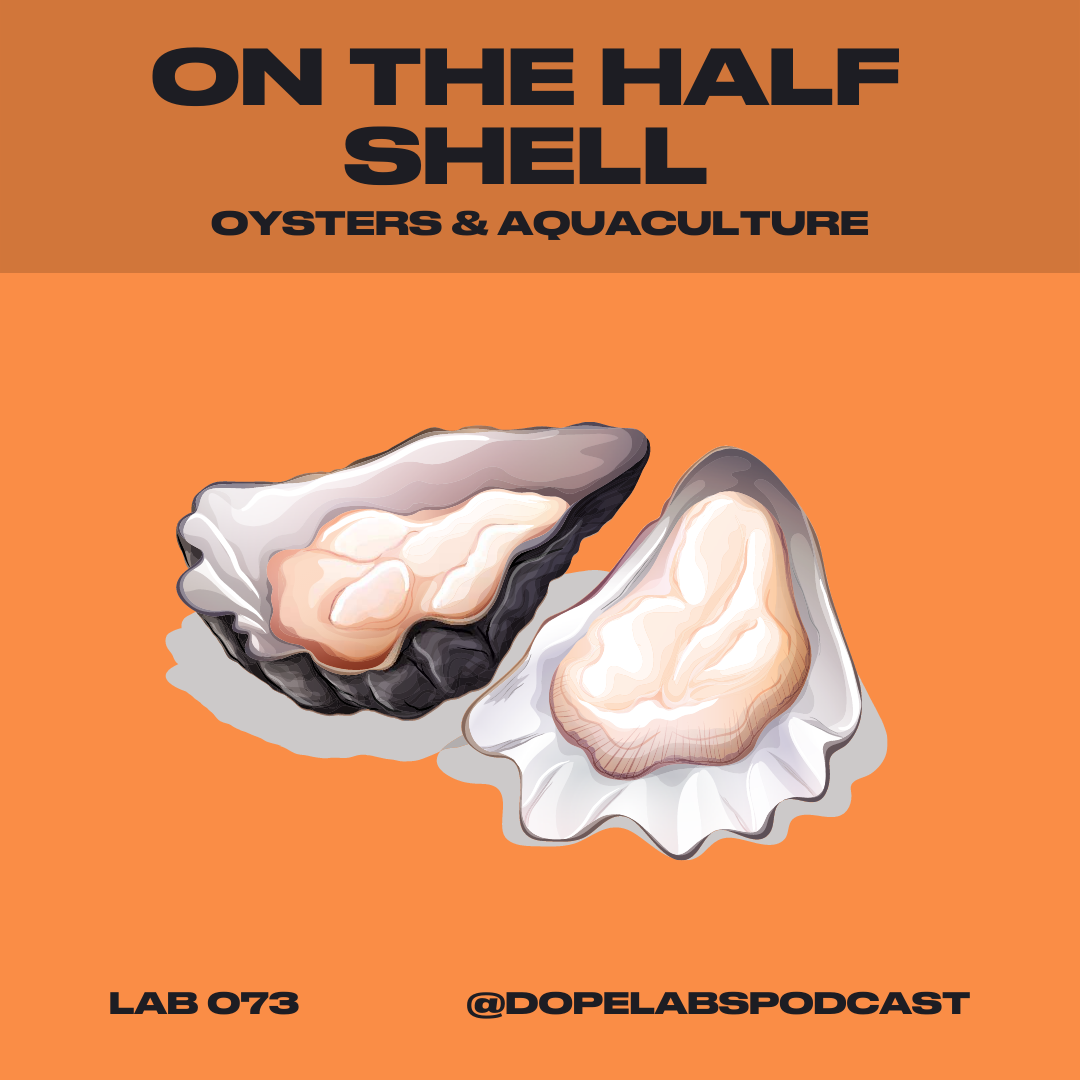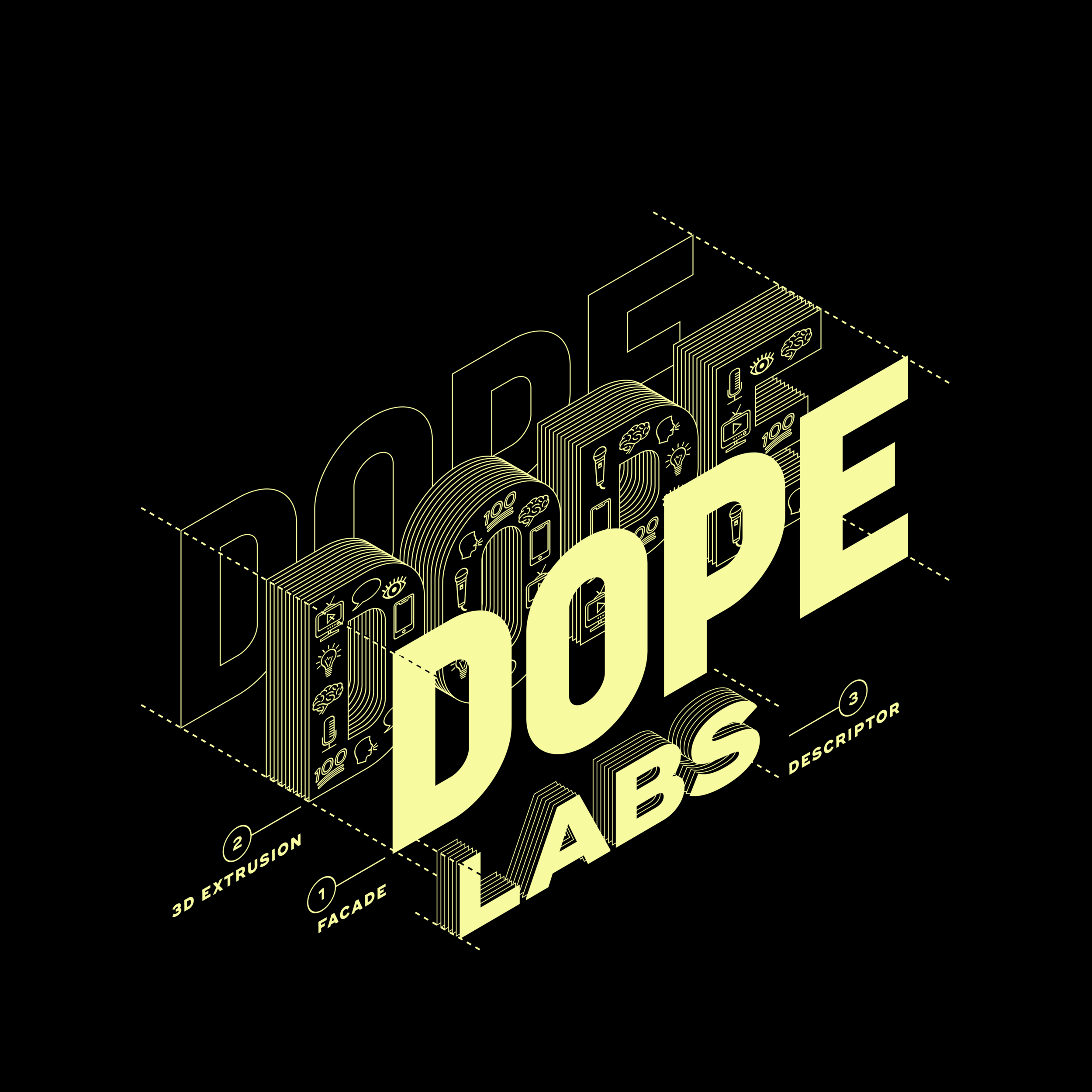On the Half Shell: Oysters & Aquaculture - Lab 073



This week we’re celebrating National Oyster Day! We’re talking all about shellfish aquaculture, and how cultivating oysters fits into our economy, environment, and changing climate.
Aquaculture is the raising of organisms of any type (so not just fish) in an aquatic marine environment. While this lab focuses on shellfish aquacultur specifically, we have seen reports of harmful effects of finfish aquaculture, specifically salmon farming.
Oyster Biology
Anatomy: oysters have a small heart, abductor muscle (sometimes called the foot), intestines, mouth, stomach, and gills to filter water.
Oyster Farming Methods
The hatchery seeks to replicate the early stages of the oyster life cycle by controlling conditions until larvae have grown for 2-3 weeks. Those larvae are removed from the hatchery and sold to farmers for either bottom or off-bottom farming.
Traditional practice of putting oysters on the sea floor
Farmers might put oyster shells or other materials on the sea floor to make it hospitable for the growth
Read more
The state of Eastern Oysters in the Chesapeake Bay (Chesapeake Bay Foundation)
Oyster Archaeology: Ancient Trash Holds Clues To Sustainable Harvesting (NPR)
How Big Were Oysters in the Chesapeake Before Colonization? by Jackson Landers (Smithsonian Magazine)
Salmon Wars: Unsustainable fish farms pose risk to seafood lovers (KCRW)
How Oysters Became a Source of Economic Freedom for Emancipated Black Folks
One Thing
Our one thing this week is an Instagram page @blackgirlsnoysters that promotes eating oysters, which has a place in Black history & culture.
Guest Expert
Special thanks to Dr. Bill Walton, Acuff Professor of Marine Science and the Shellfish Aquaculture Program Coordinator at the Virginia Institute of Marine Science at the College of William and Mary.
Recommendations
If you liked this episode, you might also like Something in the Water Lab 028 about oceans and climate change (& the effect on our bivalve friends).

